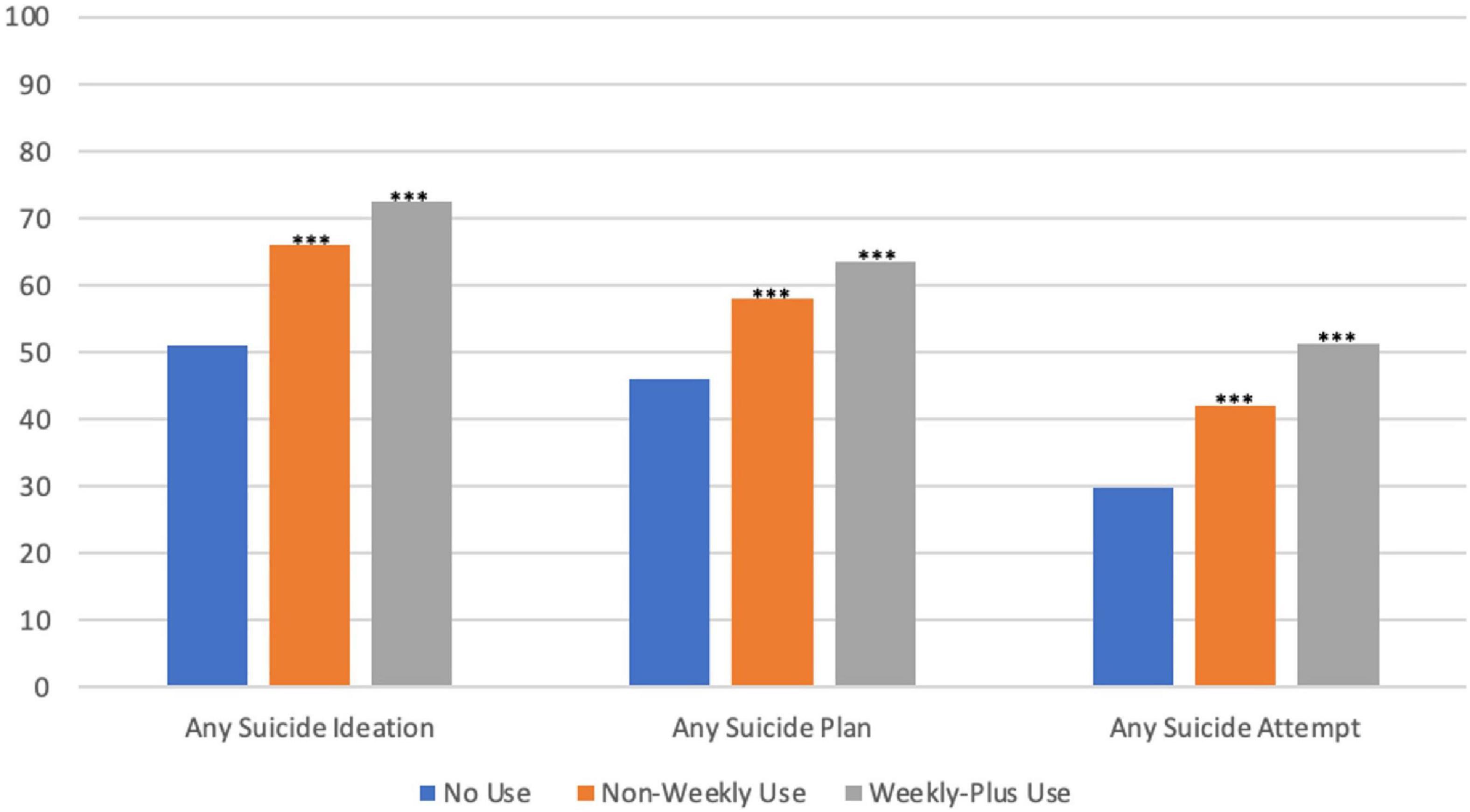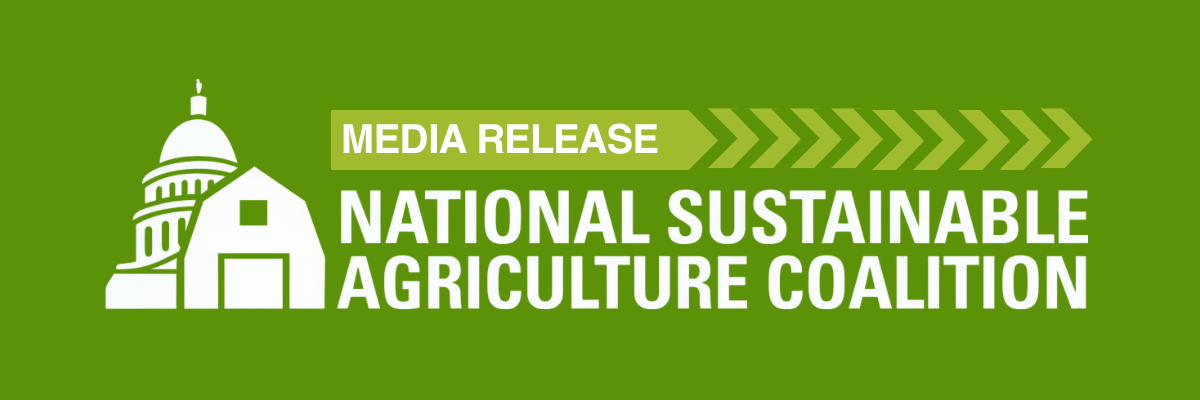SAMHSA releases results from annual survey on drug use and mental health – American Hospital Association

Report on the 2024 National Survey on Drug Use and Mental Health: Implications for Sustainable Development Goal 3
Adolescent Mental Health Trends and Progress Towards SDG Target 3.4
The 2024 National Survey on Drug Use and Health, released by the Substance Abuse and Mental Health Services Administration (SAMHSA), indicates positive developments in adolescent mental health, aligning with the objectives of Sustainable Development Goal 3 (SDG 3), specifically Target 3.4, which aims to promote mental health and well-being. The findings demonstrate a notable reduction in key indicators of mental distress among individuals aged 12 to 17.
- The percentage of adolescents reporting serious thoughts of suicide decreased from 12.9% in 2021 to 10.1% in 2024.
- The prevalence of major depressive episodes among adolescents declined from 20.8% in 2021 to 15.4% in 2024.
These statistics suggest progress in safeguarding the well-being of young people, a critical component of achieving SDG 3.
Adult Mental Health Treatment and SDG Target 3.4
The survey also provides critical data on access to mental health treatment for adults, which is essential for meeting SDG Target 3.4’s goal of reducing premature mortality through treatment. While a significant number of adults are receiving care, the data also highlights a treatment gap.
- Of the 61.5 million adults aged 18 or older with any mental illness (AMI) in 2024, 52.1% (approximately 32 million) received mental health treatment in the past year.
- For the 14.6 million adults with a serious mental illness (SMI), the treatment rate was higher, with 70.8% (approximately 10.3 million) receiving mental health services.
These figures underscore the ongoing challenge of ensuring universal access to mental health care, a core tenet of SDG 3. The gap between the number of individuals with mental illness and those receiving treatment indicates a need for continued efforts to strengthen health systems and reduce barriers to care, in line with both SDG Target 3.4 and Target 3.5 (Strengthen the prevention and treatment of substance abuse).
Methodological Considerations for SDG Monitoring
It is important to note that SAMHSA has indicated that methodological changes to the survey’s questions and approach were implemented in 2024. Consequently, not all estimates from the 2024 survey are directly comparable with data from 2022 and 2023. This has significant implications for the long-term monitoring of progress towards the Sustainable Development Goals, as consistent and comparable data is crucial for accurate trend analysis and policy evaluation.
1. Which SDGs are addressed or connected to the issues highlighted in the article?
-
SDG 3: Good Health and Well-being
- The article exclusively discusses mental health, which is a fundamental component of overall health and well-being as outlined in SDG 3. It provides specific statistics on mental health conditions (major depressive episodes), suicidal ideation, and access to mental health treatment, all of which are central to the objectives of this goal.
2. What specific targets under those SDGs can be identified based on the article’s content?
-
Target 3.4: By 2030, reduce by one third premature mortality from non-communicable diseases through prevention and treatment and promote mental health and well-being.
- The article directly relates to the “promote mental health and well-being” aspect of this target. It cites a decline in major depressive episodes and serious thoughts of suicide among adolescents, indicating progress in mental well-being. Furthermore, it provides data on the percentage of adults receiving mental health treatment, which is a key part of the “prevention and treatment” strategy mentioned in the target.
-
Target 3.5: Strengthen the prevention and treatment of substance abuse, including narcotic drug abuse and harmful use of alcohol.
- This target is relevant because the data comes from the “Substance Abuse and Mental Health Services Administration” (SAMHSA) and its “national survey on drug use and mental health.” Although the provided excerpt focuses on mental health, the context implies a strong link to substance abuse issues, which are often co-occurring with mental illness. The statistics on treatment coverage for mental health reflect the capacity of the health system to also address substance abuse, thereby contributing to the strengthening of prevention and treatment as called for in this target.
3. Are there any indicators mentioned or implied in the article that can be used to measure progress towards the identified targets?
-
Proxy for Indicator 3.4.2: Suicide mortality rate.
- The article does not provide the suicide mortality rate itself, but it offers a critical leading indicator: the percentage of adolescents who had “serious thoughts of suicide.” The reported decline from 12.9% in 2021 to 10.1% in 2024 is a direct measure of progress in preventing outcomes that lead to suicide.
-
Measures for Promoting Mental Health (Target 3.4).
- The article provides a direct measure of mental health status with the statistic that the percentage of adolescents experiencing a “major depressive episode” dropped from 20.8% in 2021 to 15.4% in 2024. This serves as an indicator of the state of mental well-being in that population.
-
Implied Measure for Indicator 3.5.1: Coverage of treatment interventions (pharmacological, psychosocial and rehabilitation and aftercare services) for substance use disorders.
- The article provides specific data on treatment coverage for mental illness: “52.1% (32 million) received any mental health treatment” among adults with any mental illness, and “70.8% (10.3 million) received mental health treatment” among adults with serious mental illness. While this data is for mental health, not specifically substance use disorders, it serves as a strong implied indicator for the overall capacity and reach of treatment services, which are often integrated for both conditions as per the mission of SAMHSA.
4. Create a table with three columns titled ‘SDGs, Targets and Indicators” to present the findings from analyzing the article. In this table, list the Sustainable Development Goals (SDGs), their corresponding targets, and the specific indicators identified in the article.
| SDGs | Targets | Indicators |
|---|---|---|
| SDG 3: Good Health and Well-being | 3.4: By 2030, reduce by one third premature mortality from non-communicable diseases through prevention and treatment and promote mental health and well-being. |
|
| SDG 3: Good Health and Well-being | 3.5: Strengthen the prevention and treatment of substance abuse, including narcotic drug abuse and harmful use of alcohol. |
|
Source: aha.org

What is Your Reaction?
 Like
0
Like
0
 Dislike
0
Dislike
0
 Love
0
Love
0
 Funny
0
Funny
0
 Angry
0
Angry
0
 Sad
0
Sad
0
 Wow
0
Wow
0








































































